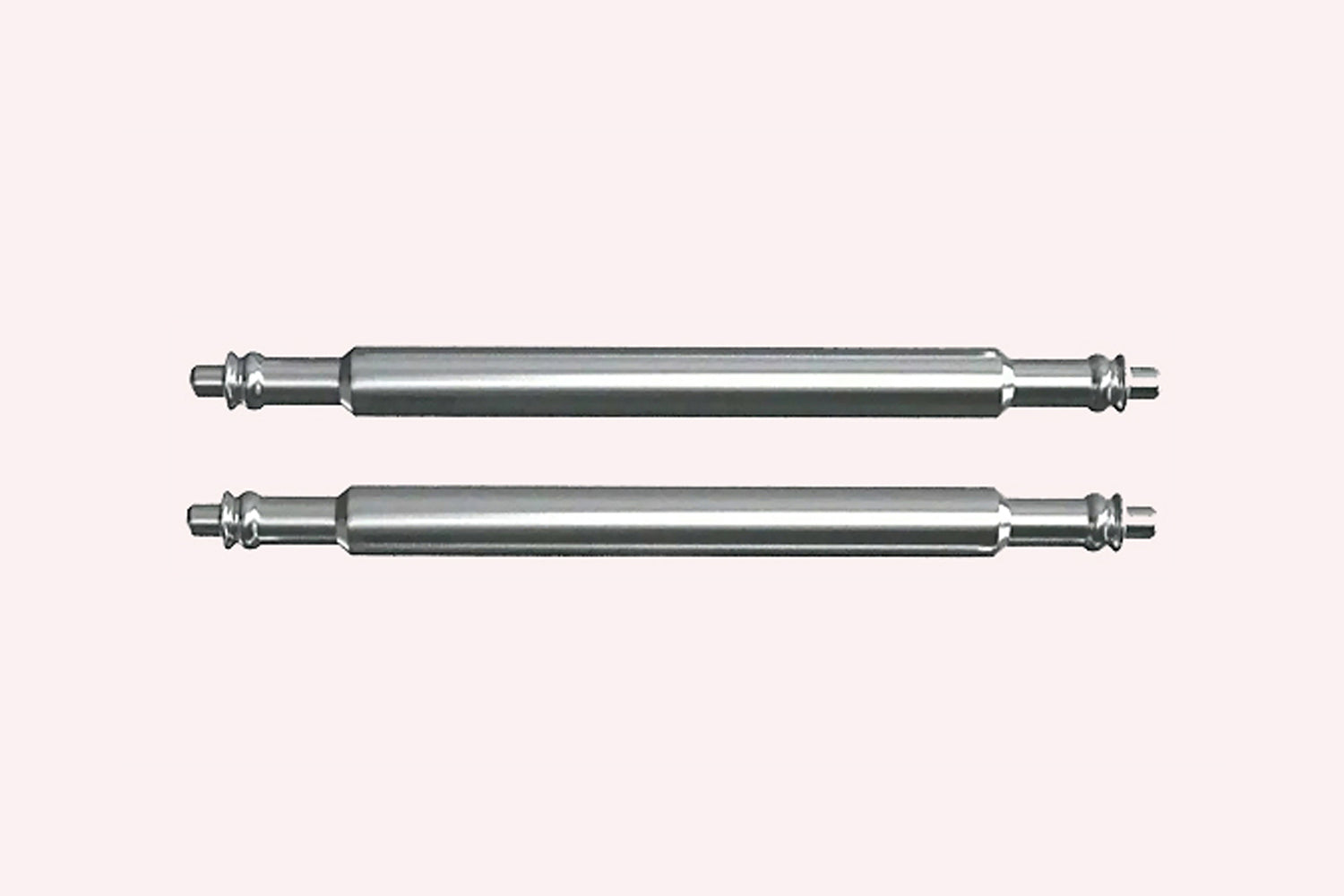Vintage watches: 10 icons that have spanned the ages
Joshua GrilletAmong the numerous watchmaking creations that have emerged over the centuries, some have stood out for their innovative character, their exceptional aesthetics or their history. These are the iconic vintage watches, which marked their era, which continue to seduce collectors and sustain many watch manufacturers.
In this article, I will introduce you to a few of these icons, although I would like to introduce you to endless others! Whether you are a watch enthusiast, curious about watch culture, or simply a lover of popular culture, I hope this article will bite you with the vintage watch bug!
The Rolex Submariner
The Rolex Submariner is arguably the most famous diving watch in the world. It was born from the passion of René-Paul Jeanneret, director of Rolex and amateur diver, who wanted to design an elegant and robust watch, suitable for both daily life and underwater activities. It was launched in 1953 with the reference 6204. It revolutionized the genre by offering water resistance to 100 meters upon its release, then to 200 meters in 1959 to finish at 300 meters in 1979. It attracted explorers like Jacques-Yves Cousteau , athletes, actors like Sean Connery in the role of James Bond, Steve McQueen and Che Guevara.
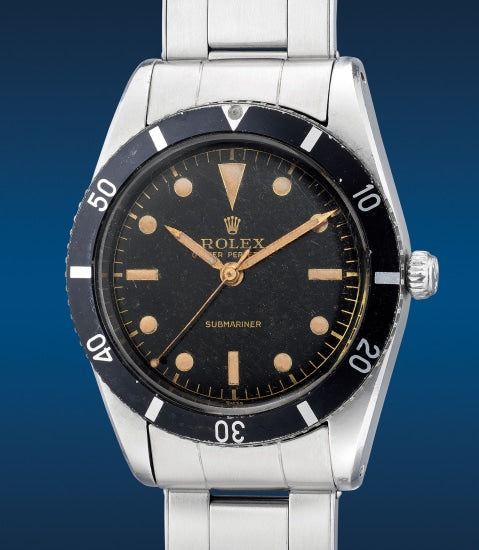
Credit: Philipps.com
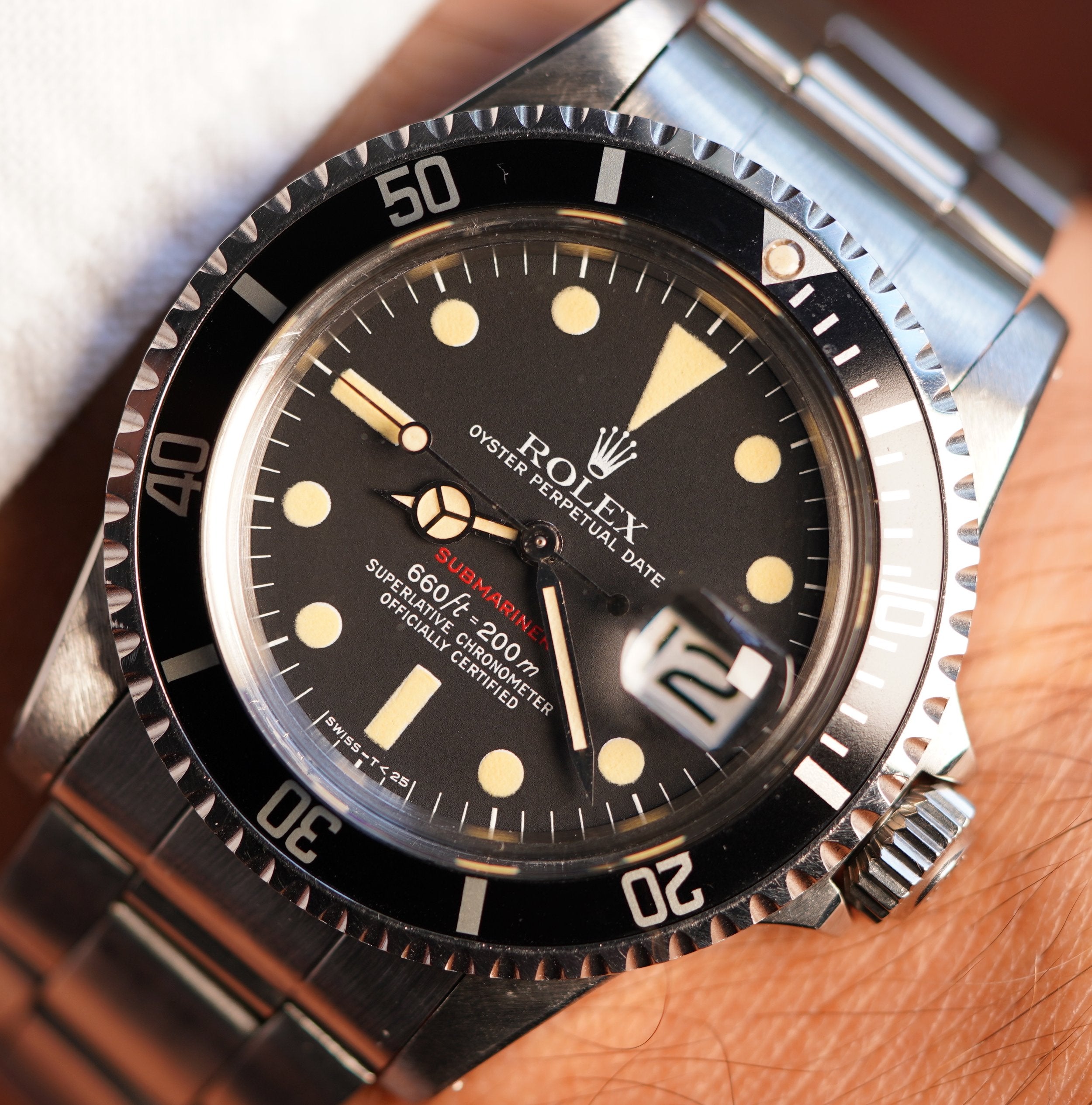
Credit: Windvintage.com

Credit: Europeanwatch.com
The Cartier Tank
The Cartier Tank is a legendary watch, inspired by Renault tanks from the First World War. Created in 1917, it is characterized by its rectangular case, its crown decorated with a cabochon and its Roman numerals. She has adorned the wrists of illustrious personalities, such as General de Gaulle, Jackie Kennedy, Andy Warhol and Lady Diana. It has had many variations, such as the Tank Americaine, the Tank Française, the Tank Solo or the Tank Louis Cartier. It remains a symbol of elegance and refinement. A legend that shook up the world of watchmaking which at the time was dominated by round pocket watches.

Credit: Monochrome-watches.com

Credit: Monochrome-watches.com
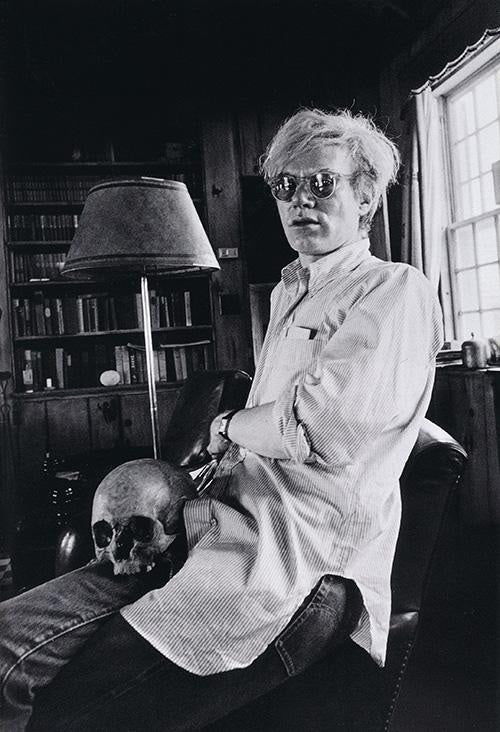
Credit: Moonphase.fr
The Omega Speedmaster
The Omega Speedmaster is the watch that conquered the Moon. Born in 1957 under the reference CK2915 with the caliber 321 developed by Lemania, it was chosen by NASA in 1965 to accompany astronauts in their space missions. It was the first watch to be worn on the Moon, by Buzz Aldrin, during the Apollo 11 mission in 1969. It was also the watch that saved the lives of the Apollo 13 astronauts, by allowing them to time the duration of trajectory correction. It is nicknamed the “Moonwatch” and proudly displays the engraving “Flight-qualified by NASA for all space missions” on its bottom. It is a robust chronograph steeped in history, equipped with a tachymeter scale, a black dial and three counters. It is a watch that has changed little since its creation.
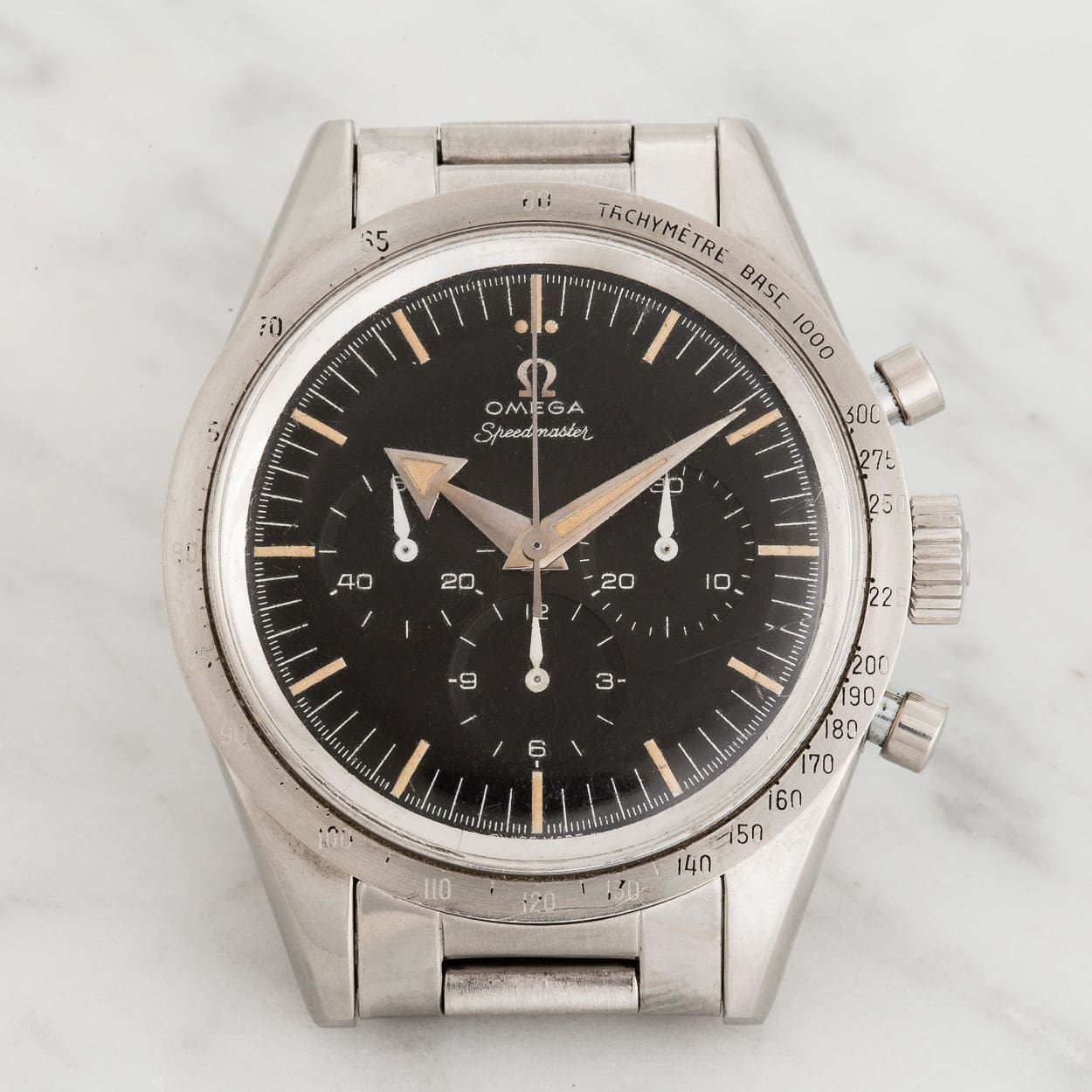
Credit: fratellowatches.com

Credit: NASA.gov
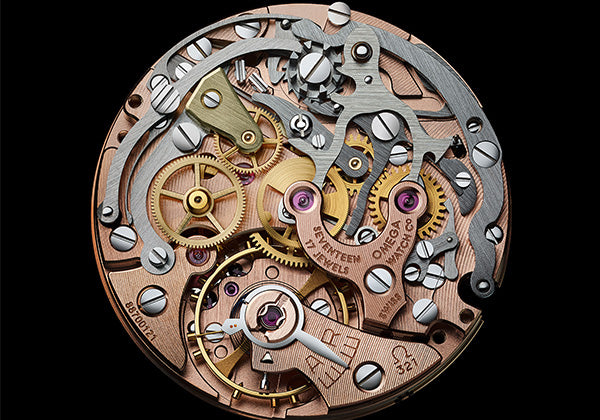
Credit: omega.com
The Audemars Piguet Royal Oak
The Audemars Piguet Royal Oak is a watch that has shaken up the codes of luxury watchmaking. Designed in 1972 under the reference 5402ST, it was the first sports watch in steel, sold at the price of a gold watch. It owes its name to a British battleship, from which it takes the octagonal shape of the porthole. It is distinguished by its case with protruding angles, its screwed bezel, its guilloché dial called “Tapisserie”, its integrated bracelet and its extra-thin caliber 2121 which is based on the Jaeger-LeCoultre caliber 920. It was designed by the famous designer Gerald Genta. The Royal Oak has given birth to numerous variants and clearly brings Audemars Piguet to life today.

Credit: apchronicles.audemarspiguet.com

Credit: urdelar.se
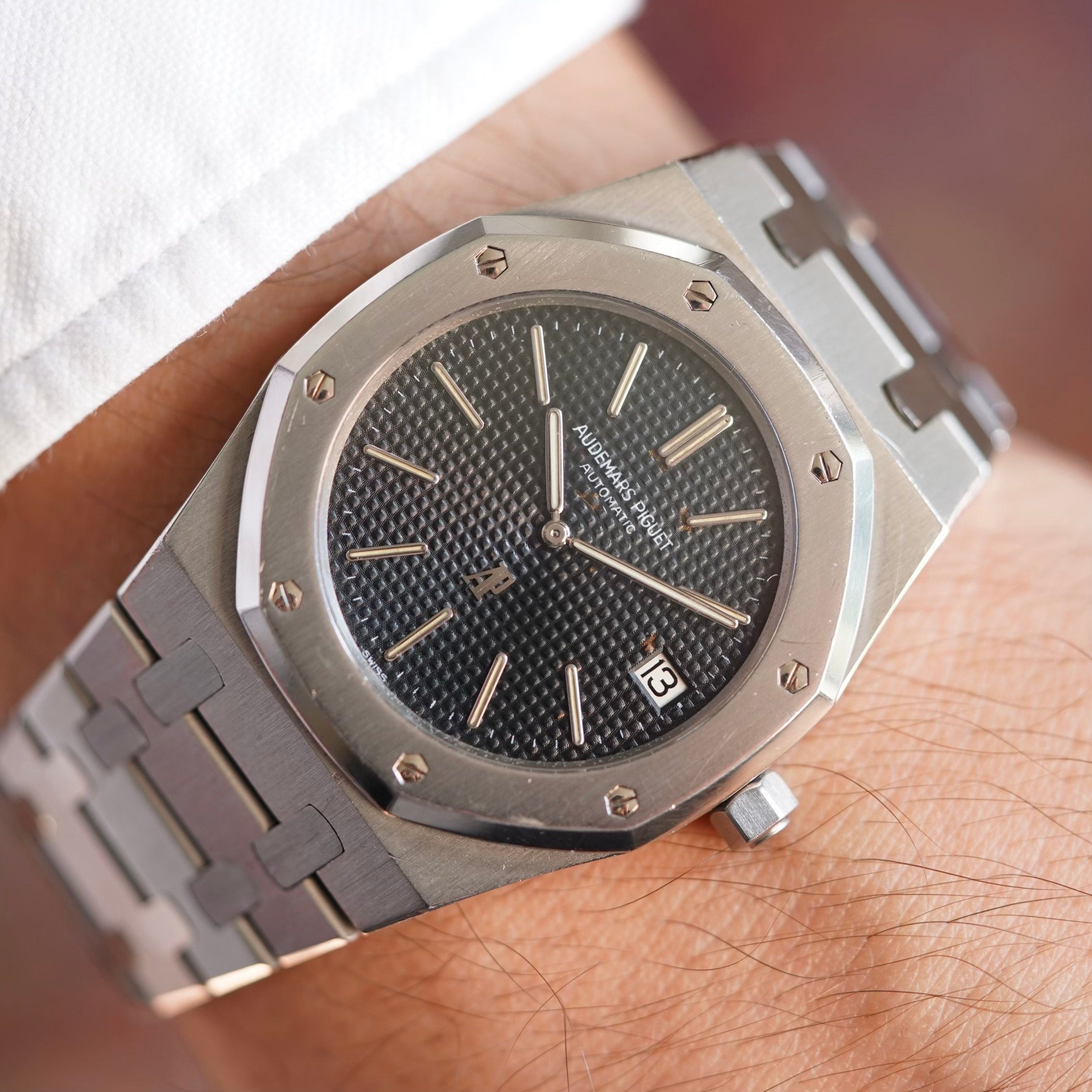
Credit: windvintage.com
The Jaeger-LeCoultre Reverso
The Jaeger-LeCoultre Reverso 201 with its Tavannes 064 caliber is a watch with a unique concept, born from a challenge. In 1931, a British officer, a polo fan, complained that his watch glass was breaking during his games. The Swiss manufacturer takes up the challenge of creating a watch capable of withstanding shocks, by inventing an ingenious system: the case can pivot on itself and turn around, thus protecting the glass. The Reverso thus becomes a two-sided watch, offering the possibility of personalizing the back with an engraving, an enamel decoration or another complication. It attracted personalities such as King Edward VIII, who had his coat of arms engraved there, or the actor Alain Delon, who wore it in several films. It is now available in several sizes, shapes and colors, for men and women.

Credit: collectorsquare.com
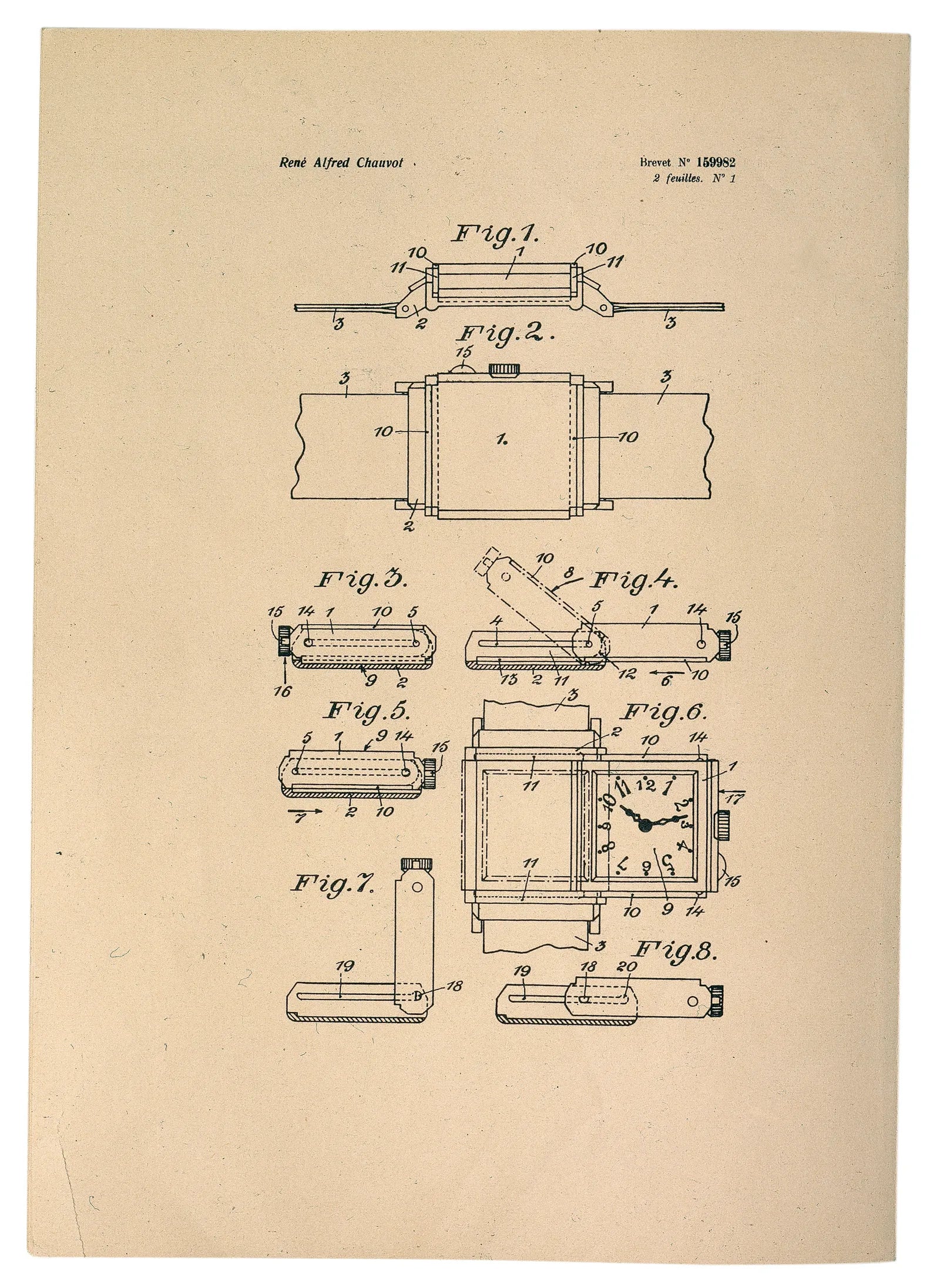
Credit: gq.com

Credit: lesrhableurs.com
The Patek Philippe Nautilus
The Patek Philippe Nautilus is another luxury sports watch, created in 1976 under the reference 3700/1A, also by Gerald Genta. It is inspired by the marine world and Jules Verne's novel, "Twenty Thousand Leagues Under the Sea". Its steel case, with rounded lines, evokes a boat porthole. Its blue dial, decorated with a horizontal pattern, recalls ocean waves. Its integrated bracelet, with polished and satin-finished links, ensures optimal comfort. It is equipped with an ultra-thin automatic movement, the caliber 28-255C which is also based on the Jaeger-LeCoultre caliber 920. It is one of the watches most coveted by collectors, who appreciate its rarity, its quality definition and its ultimate elegance.
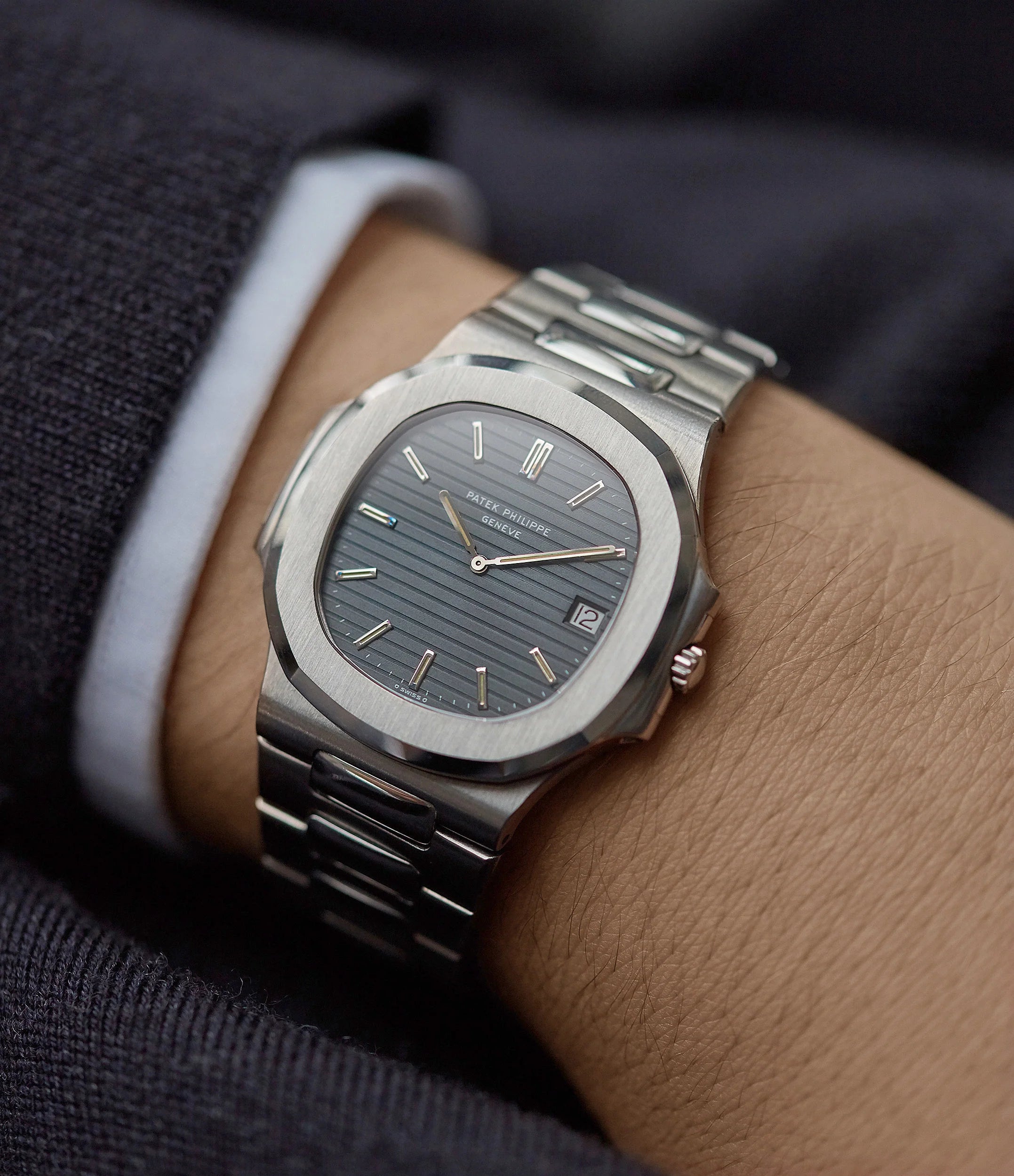
Credit: acollectedman.com
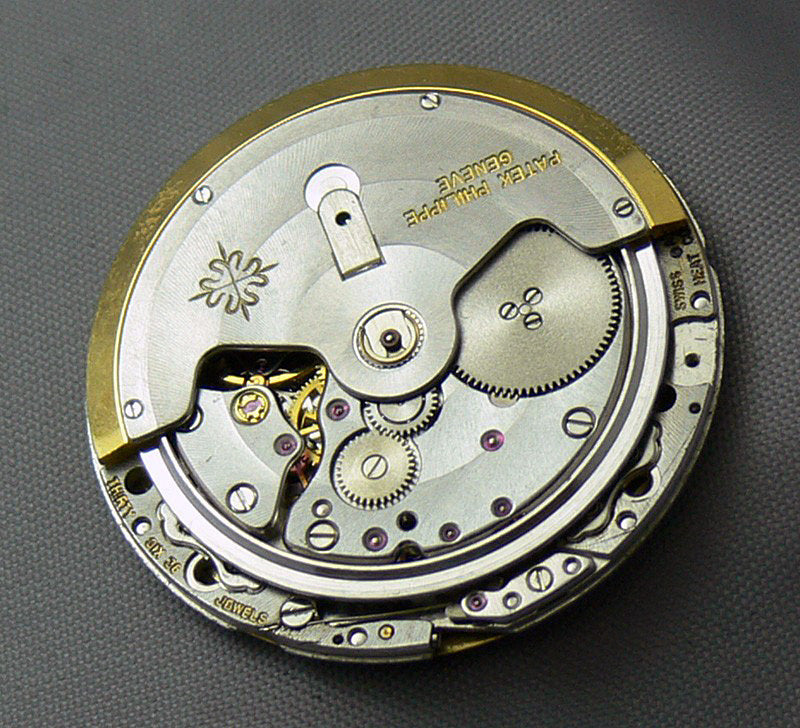
Credit: monochrome-watches.com
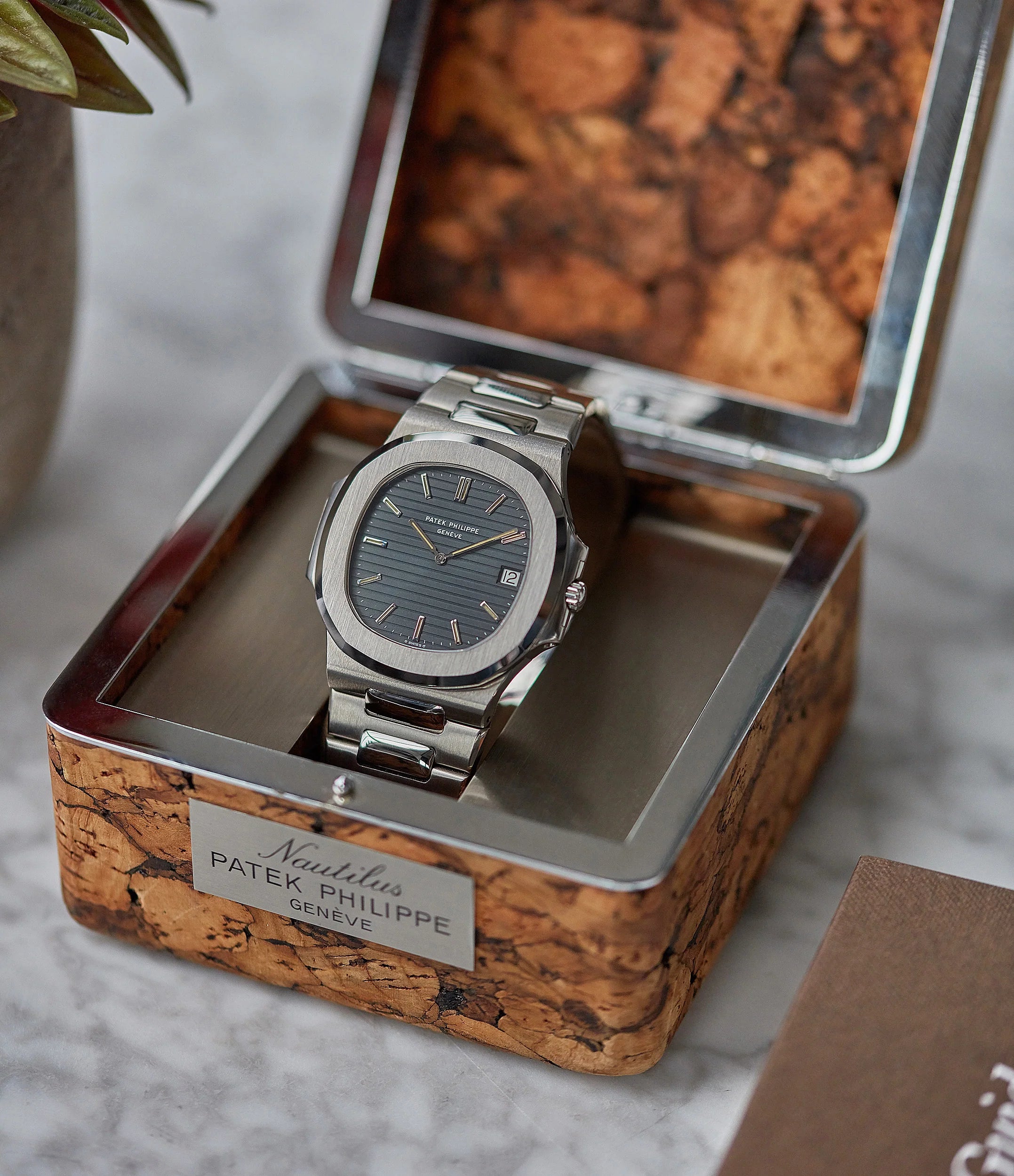
Credit: acollectedman.com
The Heuer Monaco
The Heuer Monaco 1133B is a watch that has marked the history of cinema and motorsport. Launched in 1969, it is the first waterproof square chronograph watch (case designed by E. Piquerez SA) and one of the first watches to house an automatic chronograph, the famous caliber 11, created by the Heuer-Leonidas consortium (the ancestor of Tag Heuer), Breitling, Hamilton-Büren and Dubois-Dépraz. It owes its name to the famous Formula 1 race, the Monaco Grand Prix, of which the brand is a partner. It also owes its fame to the actor Steve McQueen, who wore it in the film "Le Mans" in 1971. Its bold design, its blue dial with touches of bright red and its crown on the left, made it a terribly avant-garde.
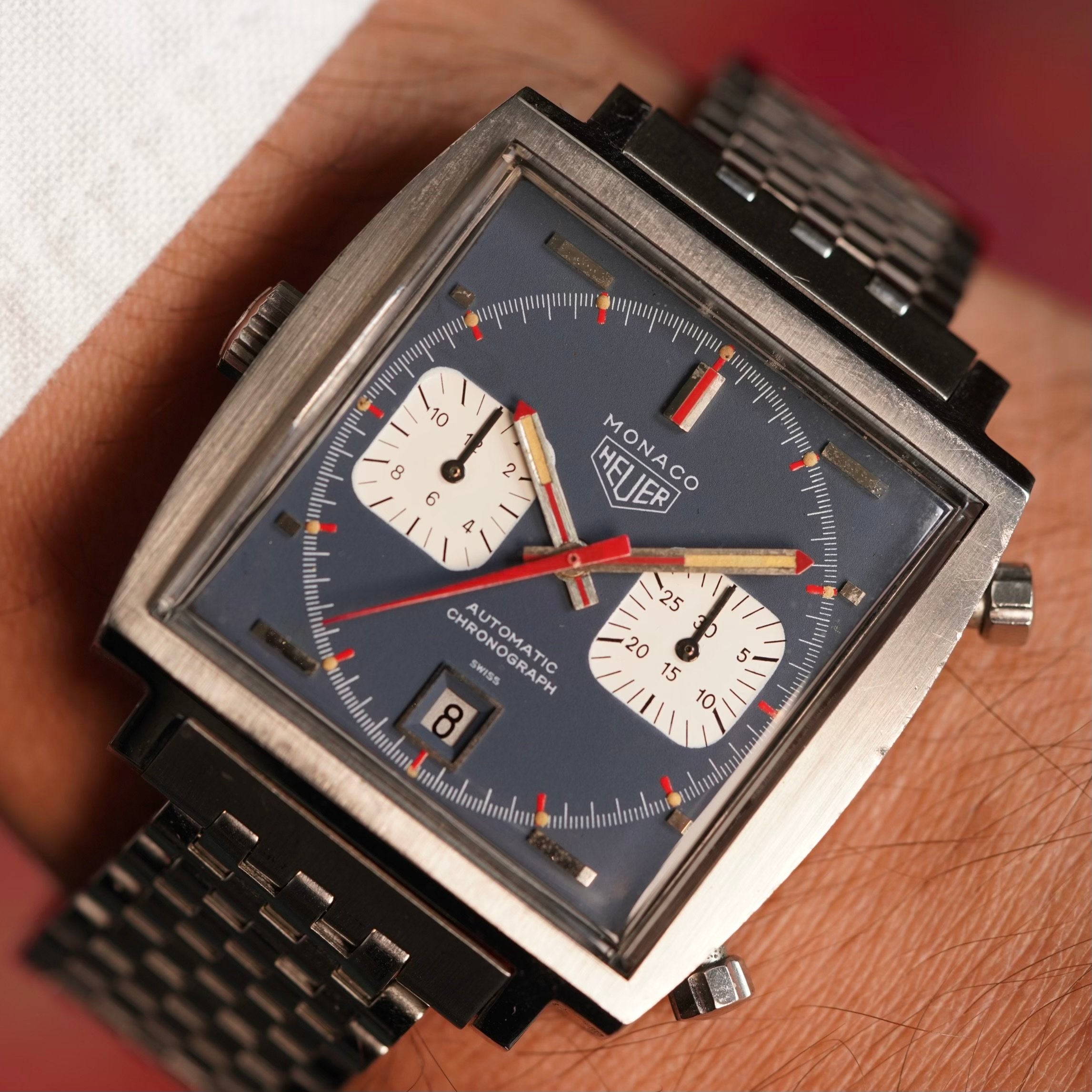
Credit: windvintage.com
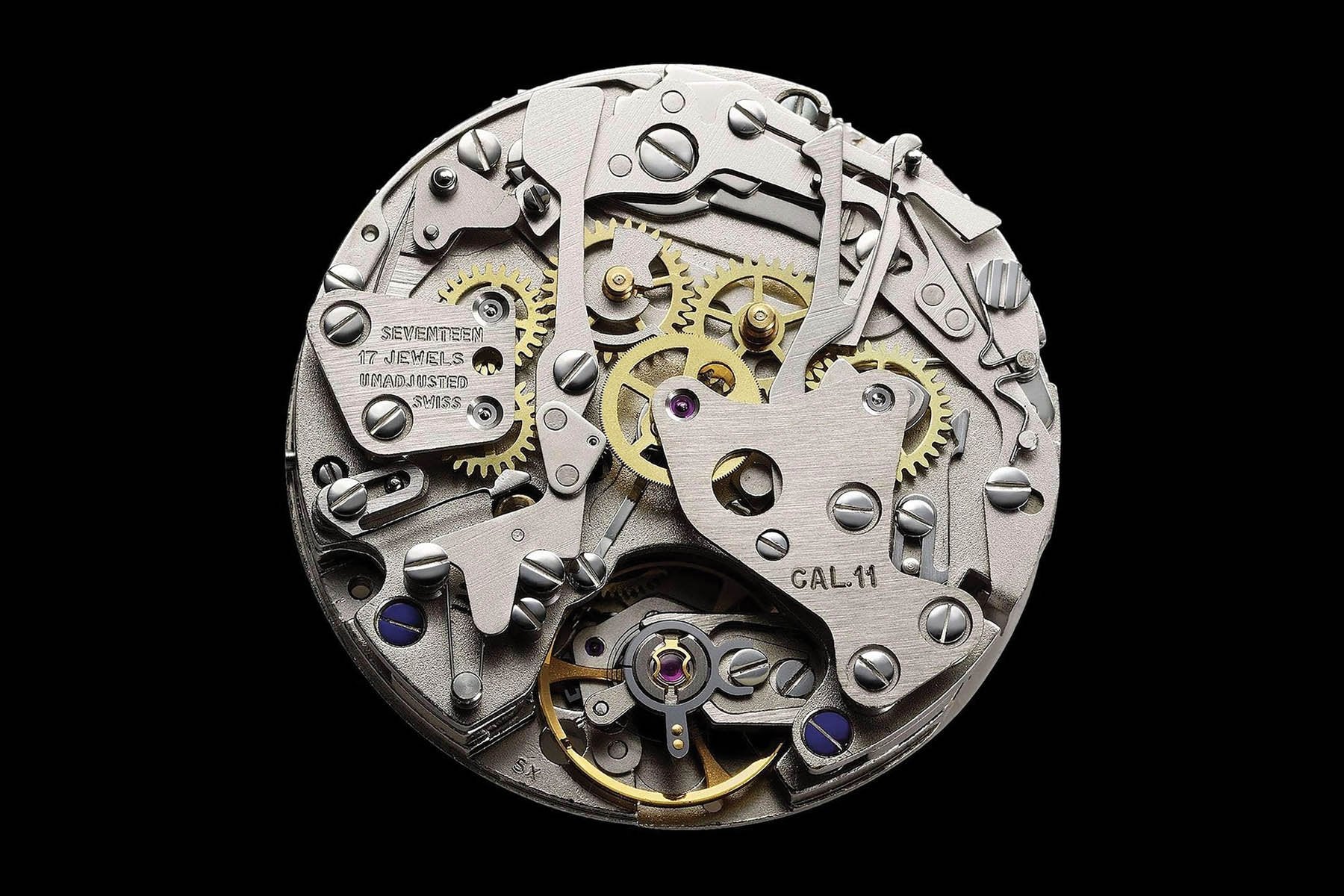
Credit: monochrome-watches.com

Credit: tagheuer.com
The Blancpain Fifty Fathoms
The Blancpain Fifty Fathoms is one of the first so-called “modern” diving watches, created in 1953 for French combat swimmers, who wanted a waterproof, luminous watch with a rotating immersion time bezel. It was waterproof to a depth of “50 fathoms”, or approximately 91.44 meters. This figure corresponded to the maximum depth reachable by a diver equipped with a scuba diving suit at the time. It will be powered by an automatic caliber based on A. Shild AS 1361N. It was worn by Commander Cousteau in his film The Silent World, which introduced the general public to the seabed. This film won the Best Documentary Film Award at the 1956 Cannes Film Festival. It has had several versions, such as the American version Bathyscaphe or the Waltham and the French version Lip. These models were distributed by other manufacturers, who collaborated with Blancpain to ensure the distribution of the Fifty Fathoms on the civilian market.

Credit: fratellowatches.com
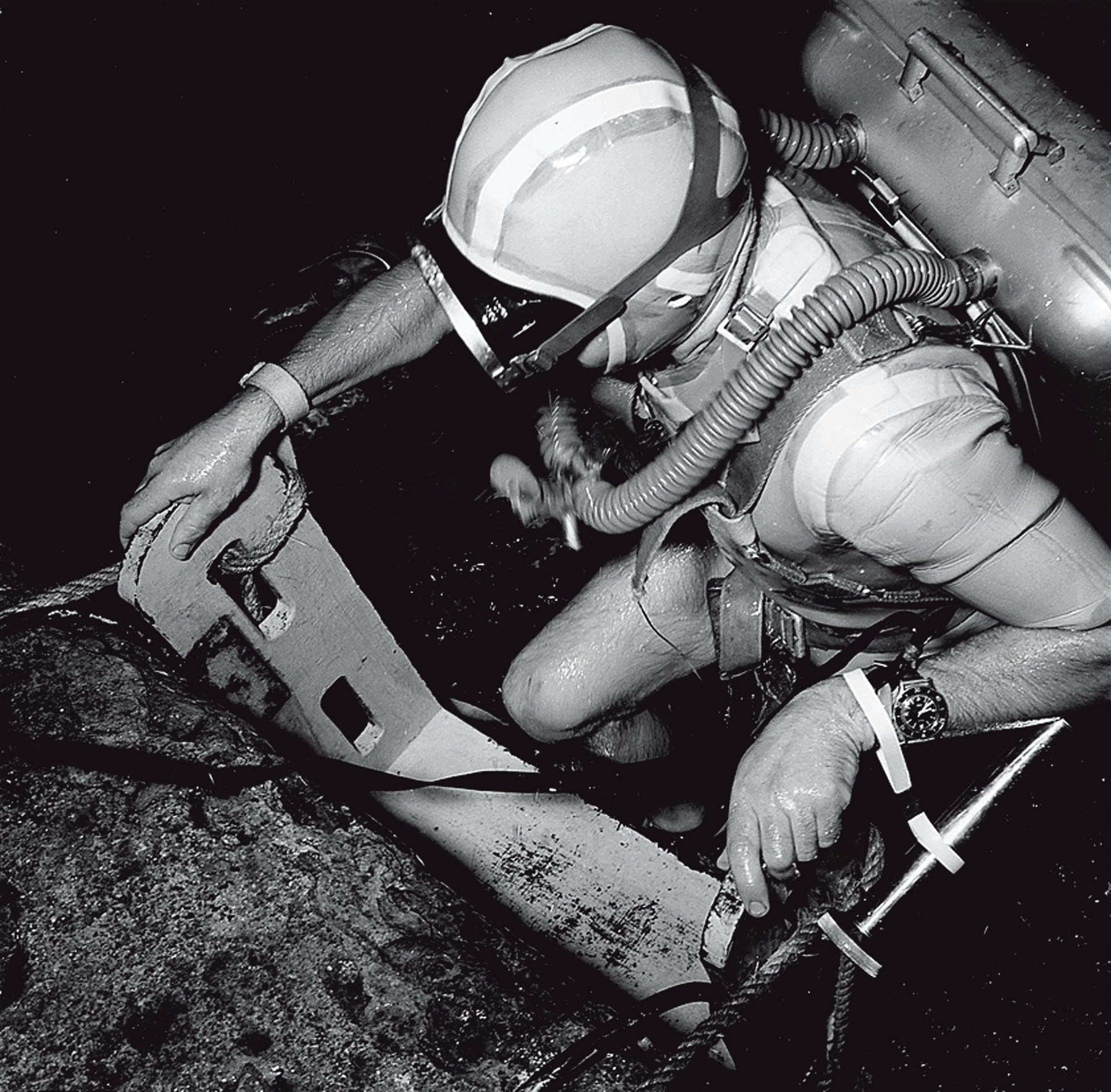
Credit: fratellowatches.com

Credit: fratellowatches.com
The Seiko Astron
The Seiko Astron 35SQ is the world's first quartz watch, launched in 1969 at Christmas. It revolutionized the watchmaking industry, offering unrivaled precision and reliability, thanks to the use of a quartz crystal as a regulator in its 35A caliber. It paved the way for Japan's domination of the watch market, to the detriment of Switzerland, which experienced a serious crisis in the 1970s. It was so advanced that it was included on the IEEE Milestones list, which brings together major advances in electronic engineering. With its gold case it was worth the price of a Toyota Corolla (450,000 JPY or $1250 at that time or around €10,000 in 2024).
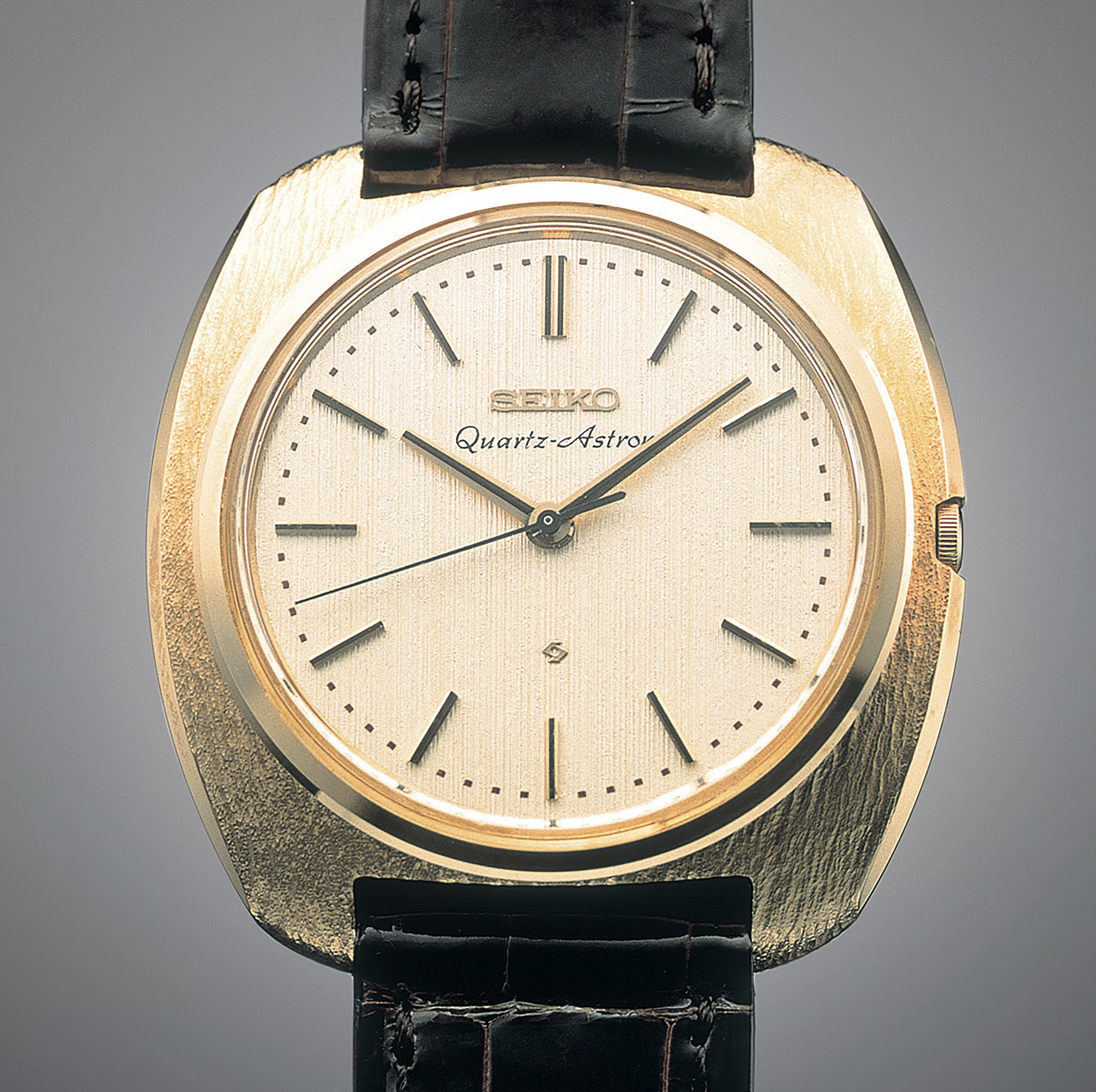
Credit: hodinkee.com

Credit: telegraph.co.uk
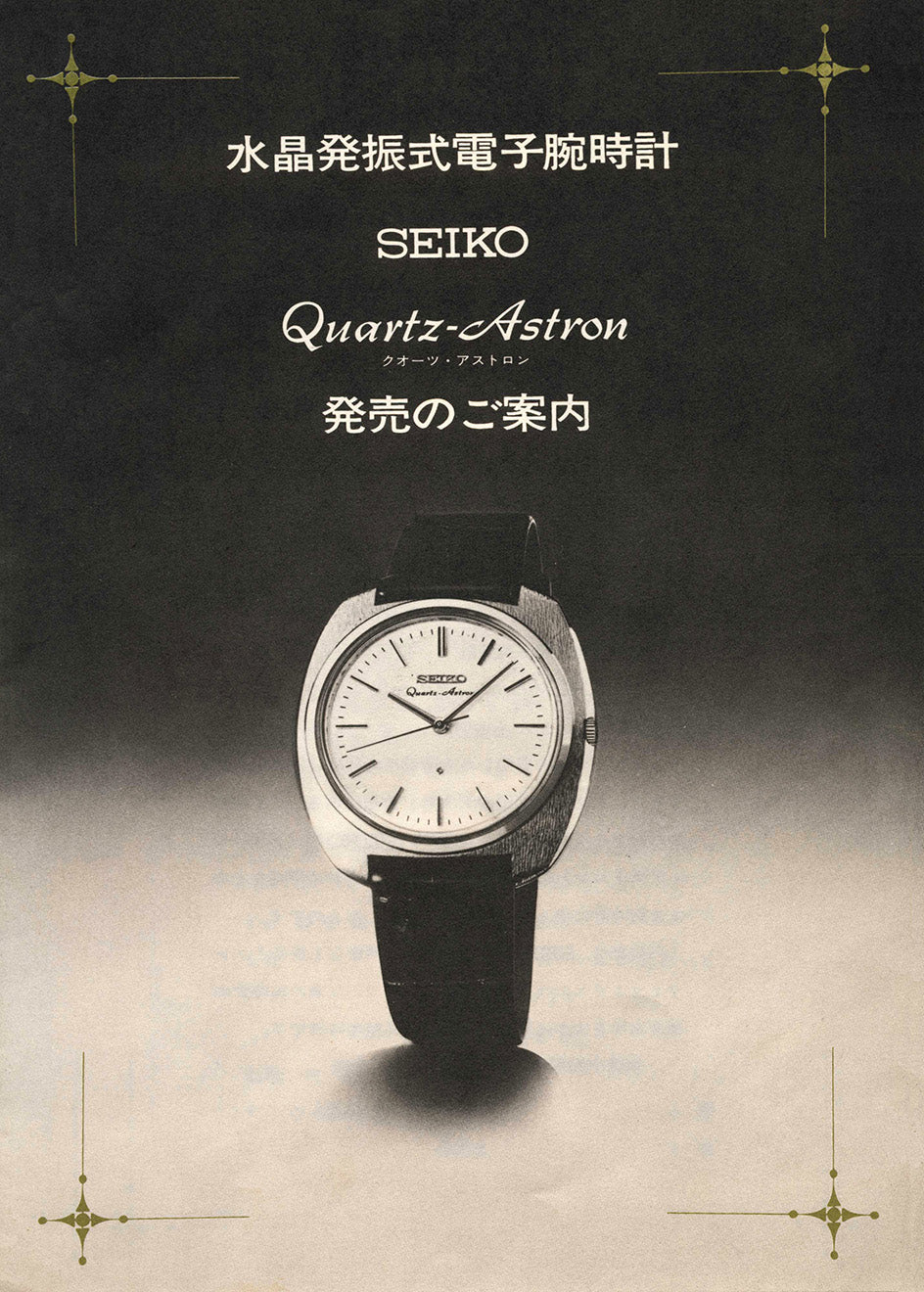
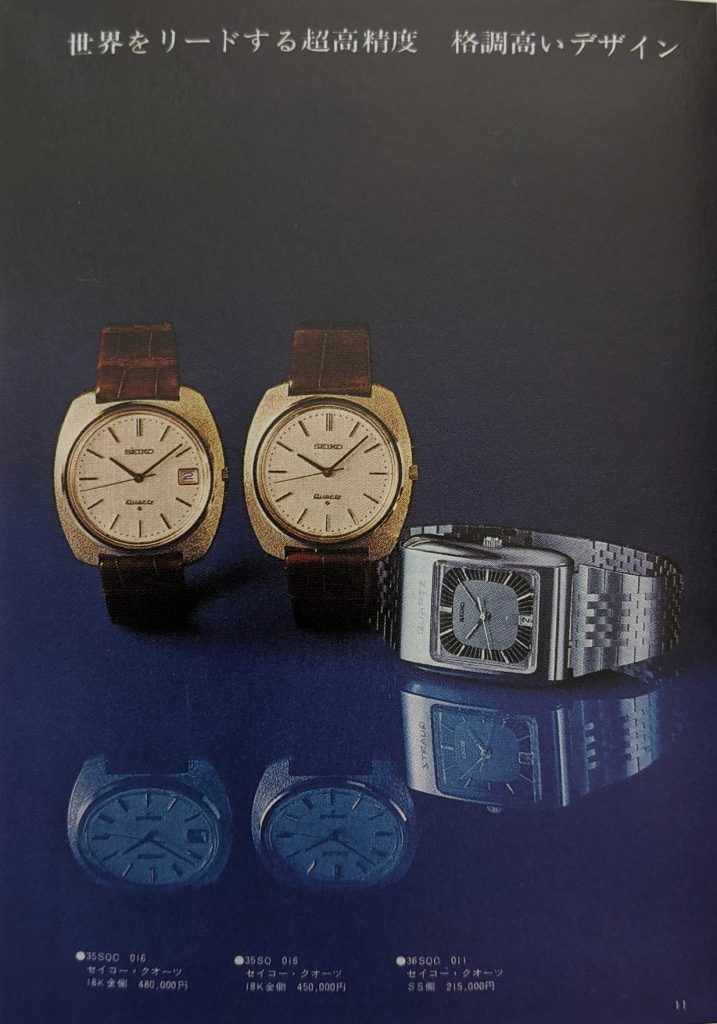
Credit: theseikoguy.com
The Panerai Radiomir
The Panerai Radiomir 2533 is a diving watch created in 1935 for the Italian military navy. It takes its name from Radiomir, a luminescent substance based on radium which made it possible to read the time in the dark. An intriguing design with its imposing cushion case and minimalist dial with oversized Arabic numerals. It was equipped with movements supplied by Rolex based on the Cortébert caliber. It was worn by renowned underwater explorers, such as Commander Yves Le Prieur, inventor of the autonomous diving suit, or Professor William Beebe, pioneer of the bathysphere. It was also used by Italian combat swimmers, who carried out secret and dangerous missions during World War II.
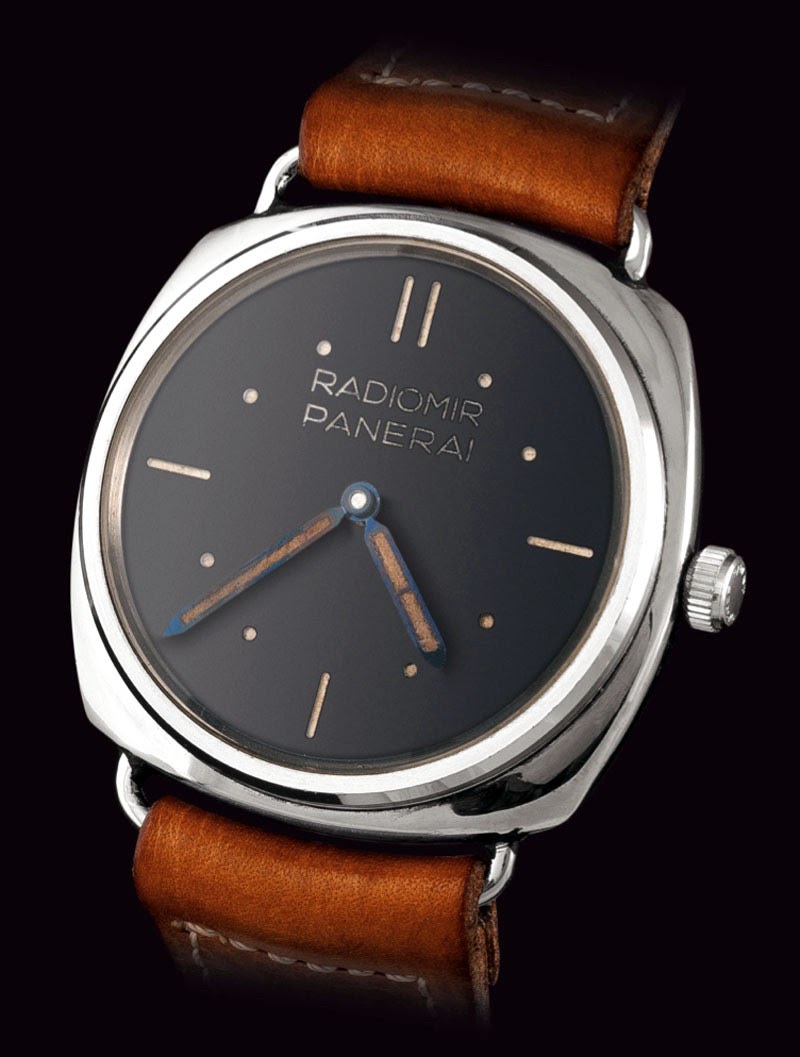
Credit: watchprosite.com

Credit: Instagram @goldberger
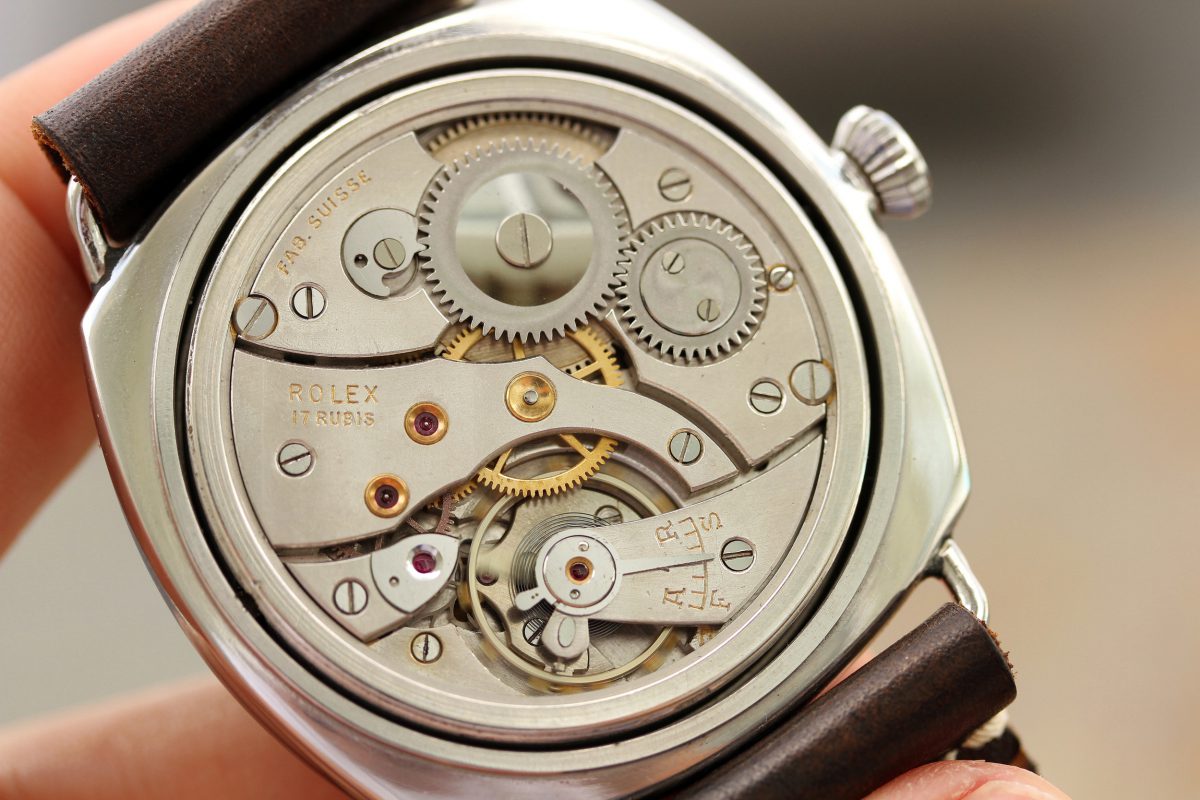
Credit: lunaroyster.com
-----
If you still don't have an ounce of interest in vintage watches, there's definitely nothing more I can do for you as these stories are so fascinating! Thank you for reading and don't hesitate to suggest other article topics that may interest you via DM on Instagram for example.
Joshua Grillet
Watchmaker and founder of LumeVille


